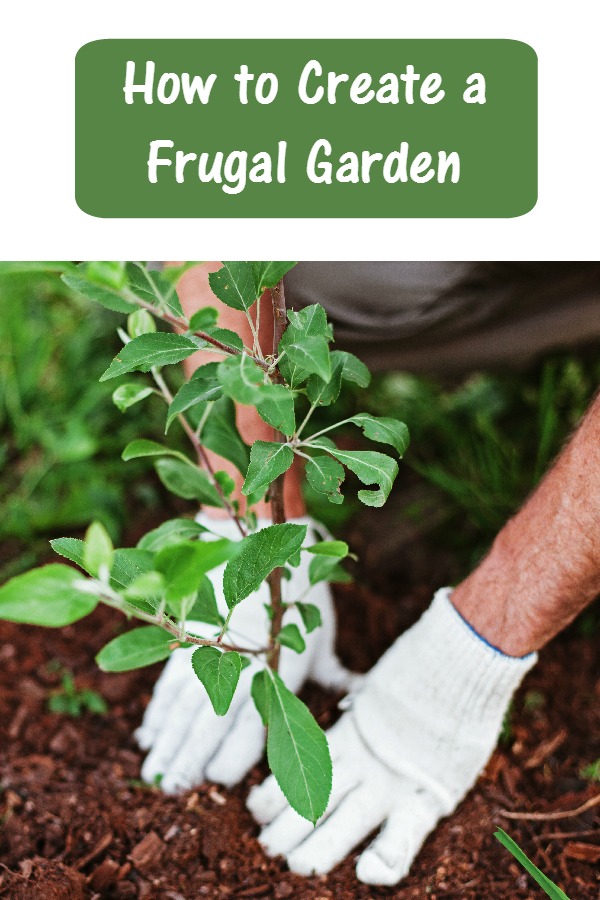No matter what type of garden you are growing, it can be a frugal garden that saves you money and stretches every dollar you’ve spent. The frugal garden is one that is budget friendly to create and fill with soil, flowers and ground cover options, costs little to maintain and produce an abundance of floral blooms or fruit. Creating this type of garden is not difficult, nor does it take a huge amount of time once you understand what to look for and try.
Use these tips to begin creating a frugal garden today.
How to Create a Frugal Garden
Create Your Own Soil
Besides the plants you add to the garden bed, the soil used to build up the beds and feed plants, especially in vegetable gardens, is the most expensive investment. It can take several hundred pounds of soil to fill an entire bed with enough soil to support the plants that you are growing. Create your own soil by composting throughout the year, which can provide enough organic matter to fill beds and then add nutrients to them throughout the growing season.
Choose Self Seeders
If you are planting a flower garden, and there are even some vegetables, choose self seeders that will create volunteer flowers for you next season. Self seeders are those plants that drop their seeds and new plants grow from those seeds once they’ve germinated.
Divide Perennial Plants
While perennial plants will cost more than annual flowers when purchased, they are frugal garden choices. Perennials will continue to grow each year and they will really give you bang for your buck by providing additional plants within two to three seasons. Divide your perennial plants and add those to different area of the garden that need filing.
Collect and Dry Seeds
Purchasing seeds is not expensive, but you can even save there by gathering the seeds that you have already paid for. Many flowerheads and vegetables that you add to your garden will produce seeds that can be collected, stored and then grown in pots in the spring.
Water Collection and Conservation
Invest in a rain barrel that can be used to collect rainwater and used in the garden as needed. To ensure that you do not need to use more water than necessary, use a ground cover to retain moisture. Grass clippings are a frugal option that will degrade into the soil, feeding it over time, so you can add fresh grass clippings on top of the older grass every couple of weeks.
Did you enjoy this post? Find more money saving tips here.

